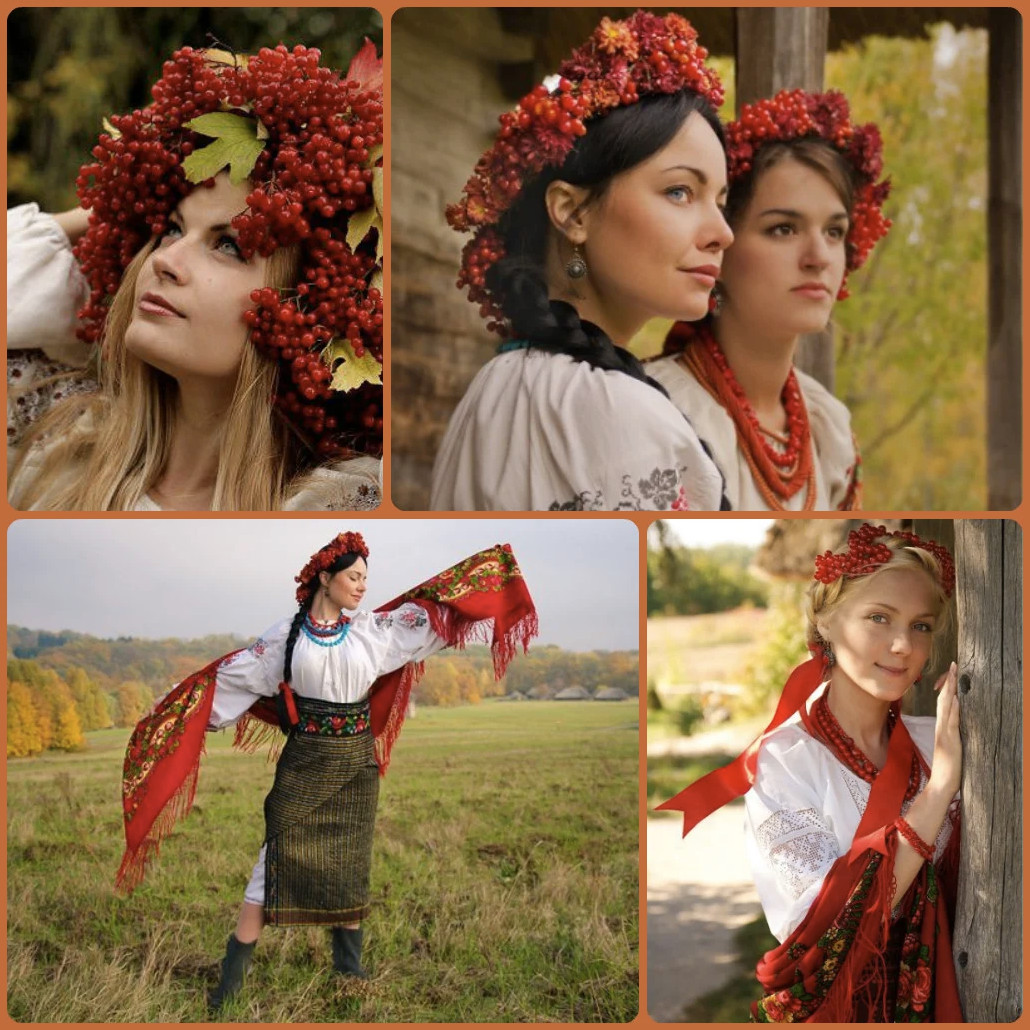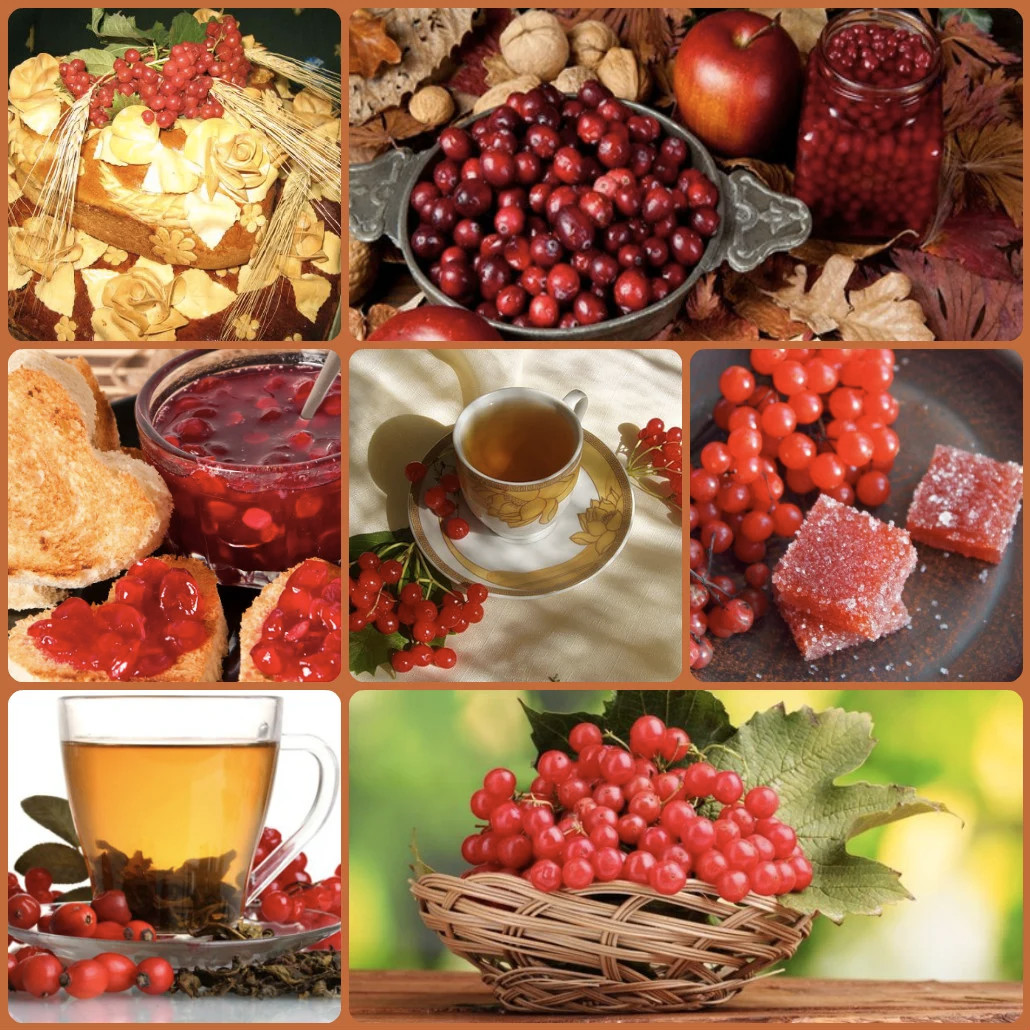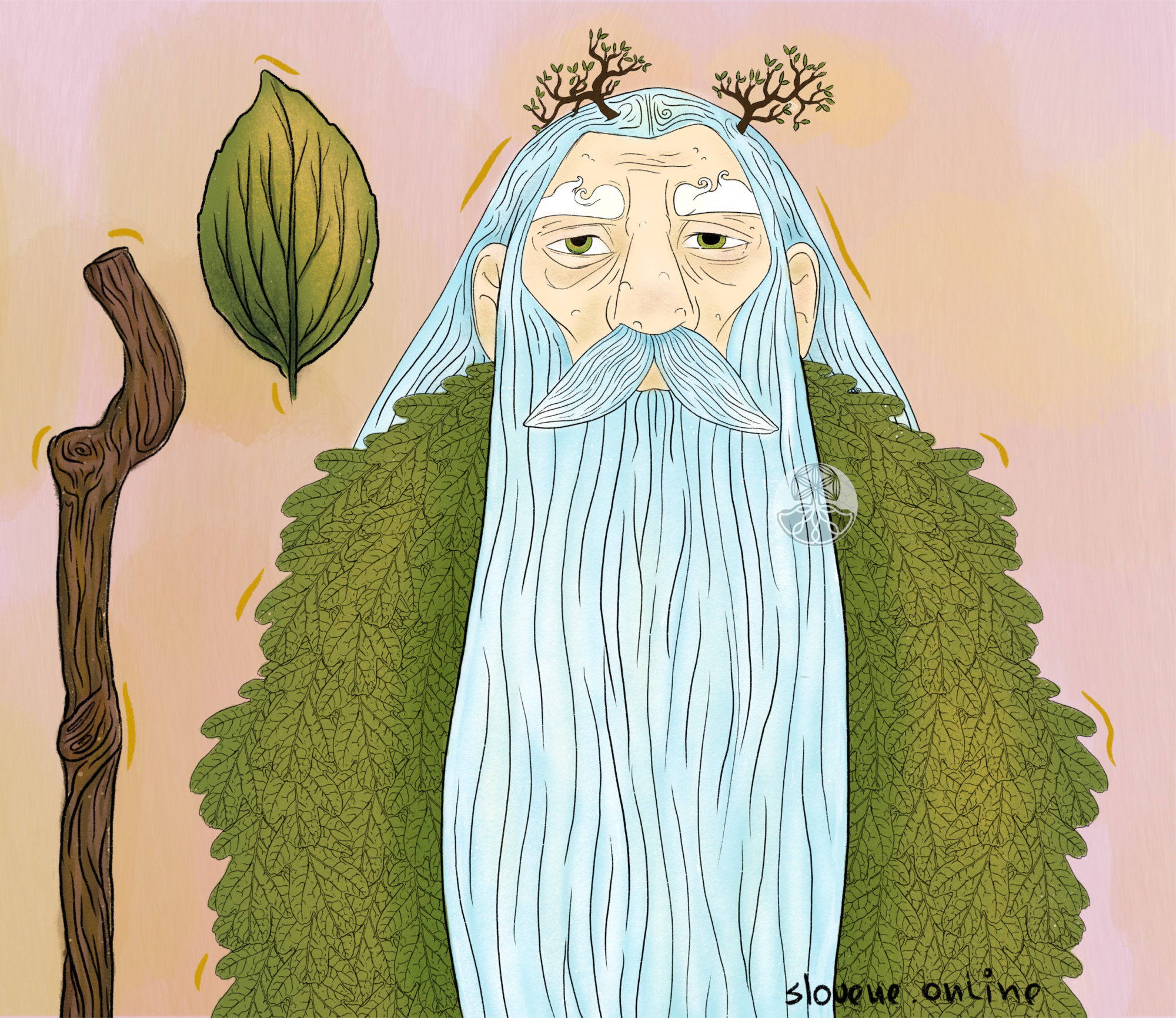Among our Slavic ancestors, viburnum played an important role in many wedding ceremonies. It was the main decoration of a wreath, a tree, a loaf and other attributes of a wedding. Wedding candles (even weapons of guests) were decorated with viburnum berries and branches, bridesmaids weaved it into their braids.
ꏍ
The Ukrainians hung a branch of viburnum on the house as a sign that the girl was being married off in this house. Belarusians, Ukrainians and Poles wove a bride’s wreath from viburnum, periwinkle and fragrant herbs. Bulgarians believed that viburnum must be in a wreath – then the young couple will love each other.
ꏍ
The expression “Viburnum bridge” (‘Kalinov most’) is very well known in Slavic folklore. Interestingly, in Polish wedding songs, the matchmakers use the viburnum branches to make a bridge for guests to go across it to the wedding.
ꏍ
Do you know how viburnum is used today (if at all) in wedding rituals?
ꏍ
More interesting facts can be found in: “Slavic Antiquities” – encyclopedic dictionary in 5 volumes by Institute for Slavic Studies of the Russian Academy of Sciences.
ꏍ
Viburnum in Slavic tradition
Viburnum among the ancient Slavs was associated with virginity, as well as with blood due to bright red berries. Among the Ukrainians, it was a symbol of beauty, purity and procreation (“viburnum gave birth to a family”).
ꏍ
In Ukraine, during the first bathing of a girl, viburnum berries and leaves were put in the water so that she will grow up beautiful, happy and healthy. Viburnum was also put next to the woman in labor, so that she and the child were healthy and happy. And the midwife, washing the face and hands of the woman in labor, wished her to be “as beautiful [‘red’ in archaic language form], as viburnum”.
ꏍ
In northern Bulgaria, the midwife on the Sunday before Babin day (January 8) walked around the houses, where she helped to deliver babies, and applied mashed viburnum berries on the foreheads of women and children. Then she invited them to her place and blessed them: “Be red like viburnum, and buzz like a bee”.
ꏍ
Our ancestors were not mistaken with the health benefits of viburnum berries, which is now confirmed by science. What recipes based on this plant do you know?
ꏍ
To be continued…
ꏍ

